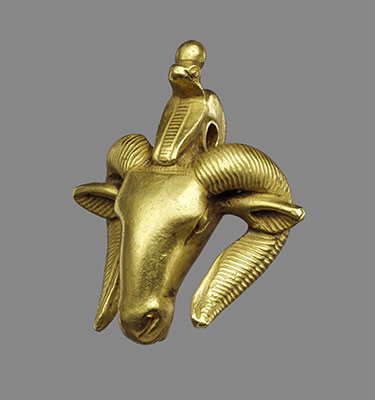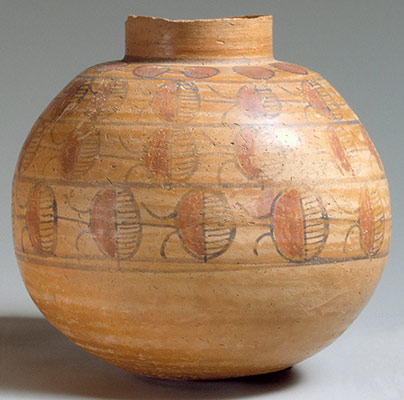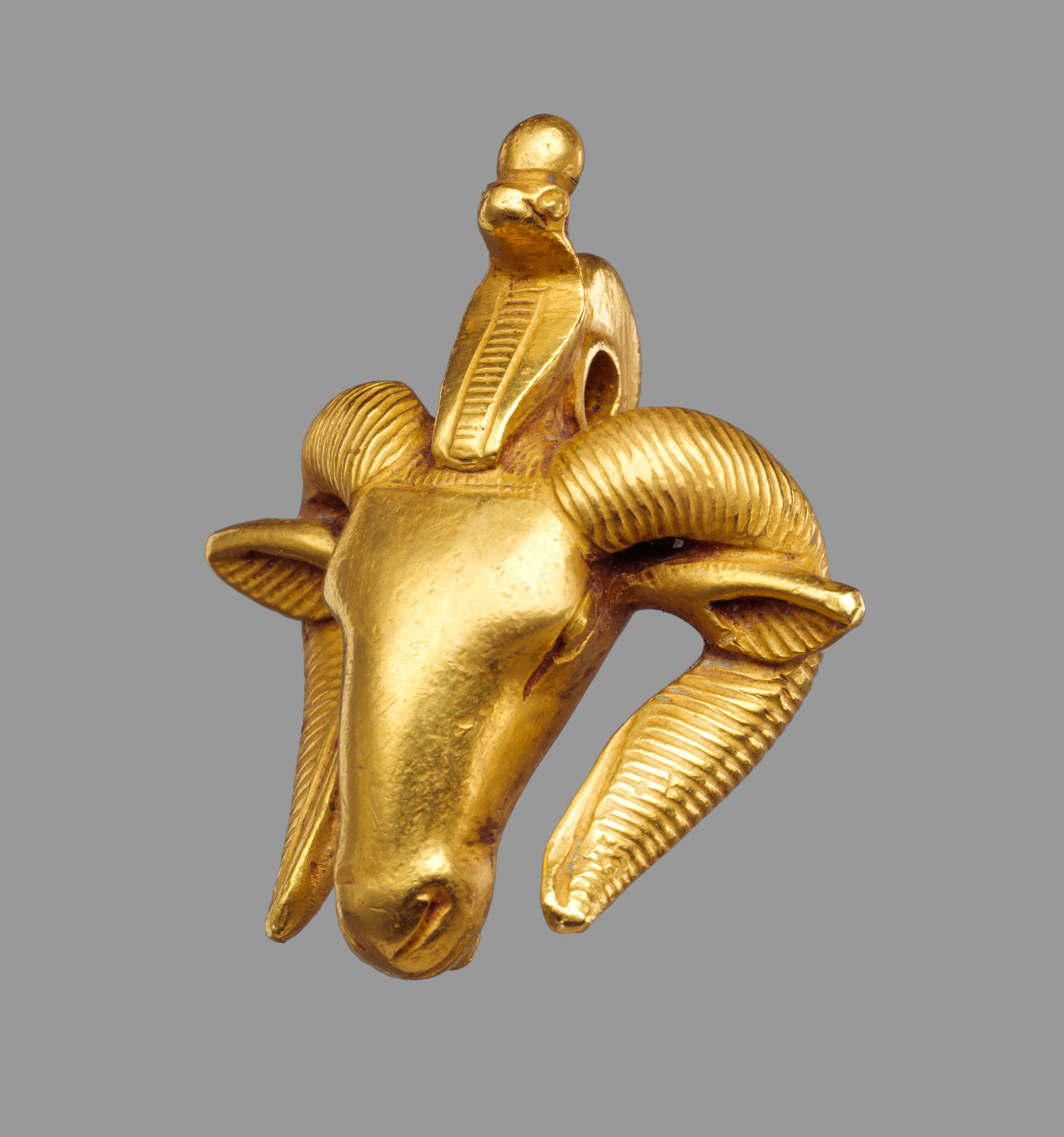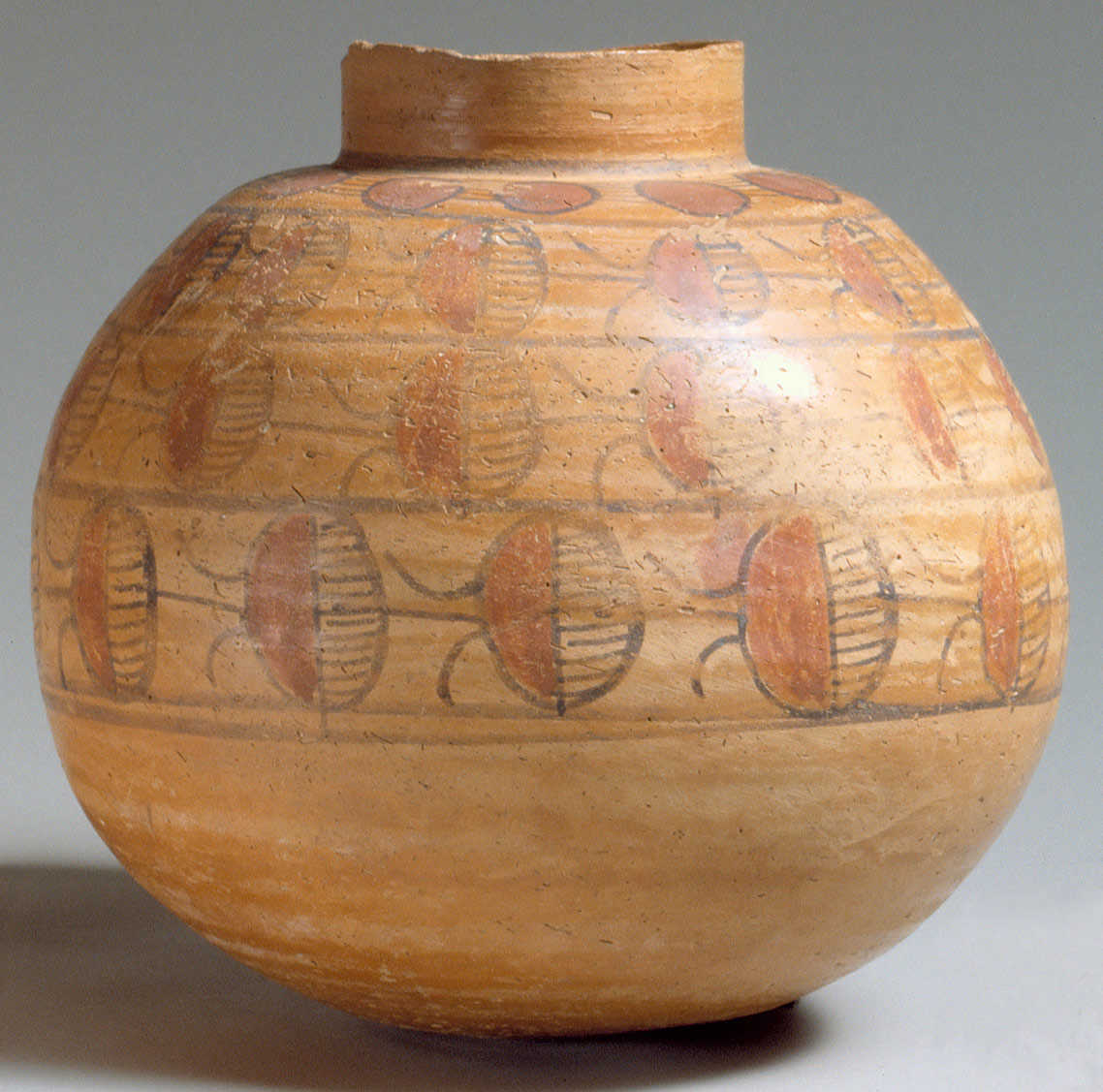Upper Nubia once again becomes independent, but due to the nearly five centuries of Egyptian dominance, many aspects of Kushite culture now show distinct Egyptian influence. King Kashta unites Nubia ca. 760 B.C. The kings of Kush rule for centuries and eventually make Meroë—a city at the convergence of a network of trade routes—their capital.
Sudan, 1000 B.C.–1 A.D.
Timeline
1000 B.C.
750 B.C.
750 B.C.
500 B.C.
500 B.C.
250 B.C.
250 B.C.
1 A.D.
Overview
Key Events
-
ca. 1000–250 B.C.
(Napatan Period) During Egypt’s Third Intermediate Period (ca. 1070–664 B.C.), Upper Nubia again becomes independent, with important centers arising near the cities of Kerma and Napata. In about 785 B.C., the Napatan king Alara unites Upper Nubia. For more than 500 years, the Kushite rulers are buried beneath steep-sided pyramids in cemeteries near Napata, which gives its name to this period of the kingdom of Kush. By about 760 B.C., King Kashta has united all of Nubia, from the first to the sixth cataract. Due to nearly five centuries of Egyptian domination of Upper and Lower Nubia, many aspects of Kushite culture show distinct Egyptian influence. For example, the Egyptian god Amun becomes the principal deity of the Kushite kings. However, although they continually borrow from contemporary Egyptian art, Kushite architects and artists adapt Egyptian forms and iconography to their own purposes and infuse their works with a powerful style distinctly their own.
-
ca. 743–664 B.C.
(Dynasty 25) The Kushite king Piye (also called Piankhi) invades Upper Egypt and claims to be king of Upper and Lower Nubia. It is actually his successor, Shabaqo, who becomes the first true pharaoh of Dynasty 25 (ca. 712–664 B.C.) and the ruler of all of Egypt and Nubia, the largest unified state in existence at this time. Kushite rule over Egypt is brought to an end when the Assyrians conquer Egypt and the last of the great Kushite pharaohs, Taharqo, is driven from Egypt back to Napata. Although Taharqo’s successor, Tanutamani, reconquers Egypt for a brief time, Egypt’s Kushite dynasty essentially ends with Taharqo’s death.
-
ca. 664–250 B.C.
The kings of Kush continue to rule most of Nubia from Napata.
-
ca. 250 B.C.–350 A.D.
(Meroitic Period) In about 250 B.C., the Kushite king Arkamani I moves the royal necropolis from Napata to Meroë, a site between the fifth and sixth cataracts. Meroë, already an important center during the Napatan Period, becomes the capital of the Kushite kingdom. Meroë’s location at the convergence of a network of caravan roads with trade routes along the White and Blue Niles makes it East Africa’s most important center of trade. The Kushites of the Meroitic Period manufacture richly decorated textiles, graceful decorated ceramic vessels, objects of bronze and iron, exceptionally fine gold and cloisonné jewelry, and other luxury items. From Egypt and the Hellenistic world they import metal and glass vessels, ceramics, and wine.
Citation
“Sudan, 1000 B.C.–1 A.D.” In Heilbrunn Timeline of Art History. New York: The Metropolitan Museum of Art, 2000–. http://www.metmuseum.org/toah/ht/?period=04®ion=afs (October 2000)
Related
Map




